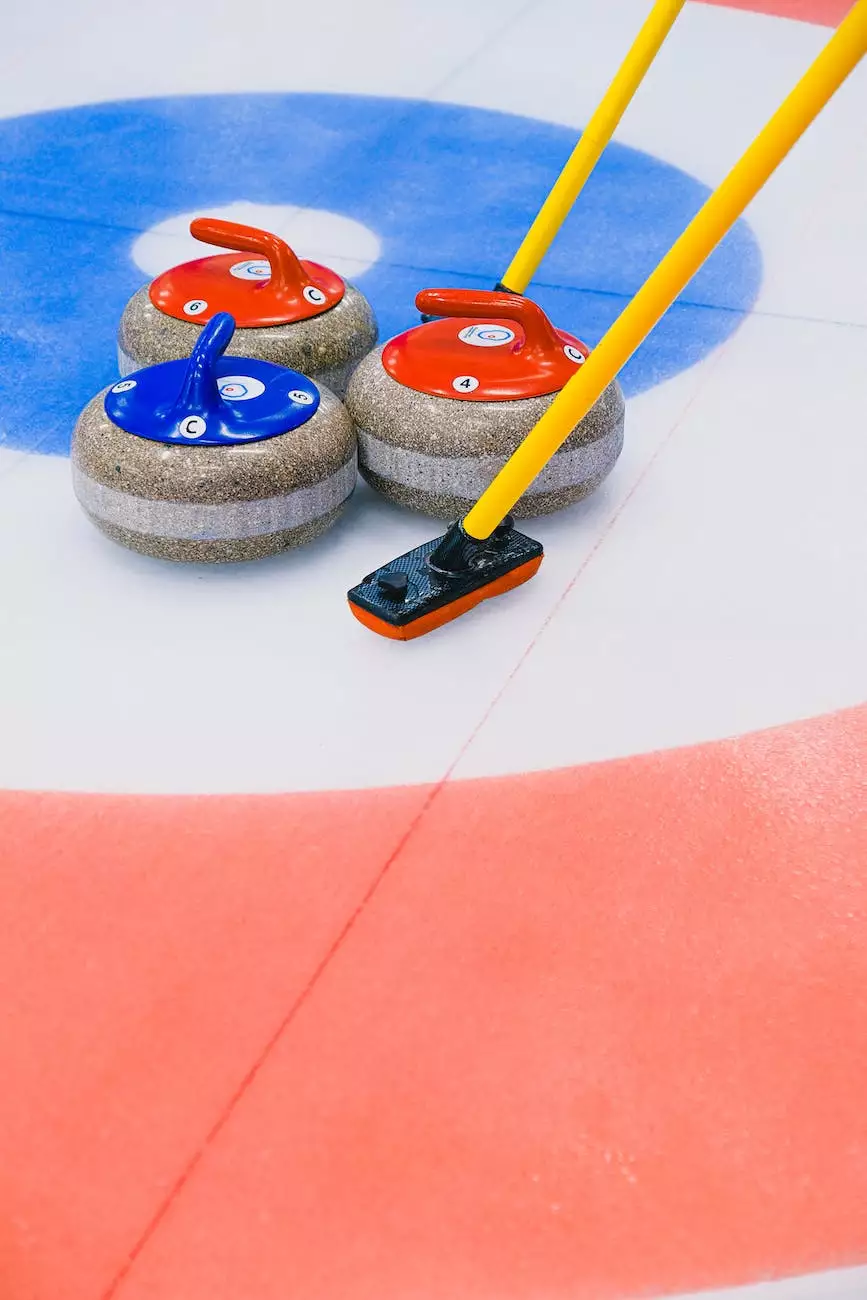63/37 Versus Lead-free Solder

Understanding the Differences
When it comes to soldering, choosing the right type of solder is crucial for a successful and reliable joint. Two commonly used options are 63/37 solder and lead-free solder. In this comprehensive guide, we will discuss the differences between these two solder types, their advantages and disadvantages, and help you decide which one suits your specific needs.
63/37 Solder: The Classic Choice
63/37 solder, also known as eutectic solder, is a traditional mix of 63% tin and 37% lead. This type of solder has been widely used in various industries for decades. Its eutectic composition means it has a specific melting point, which enables it to transition from solid to liquid and vice versa more rapidly than other solder alloys.
The main advantage of 63/37 solder is its excellent wetting properties, allowing it to form reliable solder joints with minimal effort. It flows smoothly, ensuring good adhesion between the solder and the components being joined. The eutectic composition also reduces the chances of creating brittle joints, resulting in improved durability.
However, it's important to note that 63/37 solder contains lead, which is a toxic substance. With growing environmental concerns and regulatory restrictions, professionals and hobbyists have started exploring lead-free solder alternatives.
Lead-free Solder: A Safer Option
Lead-free solder is formulated to eliminate the use of lead, making it a safer choice from an environmental and health perspective. It typically consists of various combinations of tin, silver, copper, and other alloying elements. Although lead-free solder may have slightly different properties compared to 63/37 solder, recent advancements have made it a viable alternative.
One of the key advantages of lead-free solder is its compliance with environmental regulations. As governments worldwide strive to reduce the use of hazardous materials, many industries have transitioned to lead-free soldering processes. It offers comparable reliability and durability to traditional solder while being more environmentally friendly.
However, lead-free solder might require higher soldering temperatures and can sometimes have inferior wetting properties. It may require additional soldering techniques and more careful handling to achieve optimal results. It's important to consider these factors when deciding which solder type to use for your specific application.
Choosing the Right Solder for Your Needs
When determining whether to use 63/37 solder or lead-free solder, several factors come into play:
Application:
Consider the specific application in which you will be using the solder. Different projects and industries have varying requirements, and understanding the demands of your application is crucial in making an informed decision.
Regulations and Compliance:
If you work within a regulated industry, it's important to ensure your soldering processes align with the associated standards. Familiarize yourself with the regulations and requirements specific to your industry and region.
Environmental Concerns:
If sustainability and environmental impact are important to you, lead-free solder offers a greener alternative. Be aware of any regulations regarding the use and disposal of solder, and choose accordingly.
Technique and Experience:
Consider your soldering skills and experience level. If you are accustomed to working with 63/37 solder, transitioning to lead-free solder might require additional training, different techniques, and adjustment of equipment settings. Evaluate the resources available to you and decide accordingly.
Conclusion:
63/37 solder and lead-free solder both have their merits and considerations. The choice ultimately depends on your specific needs, industry regulations, and personal preferences. Understanding the differences, advantages, and disadvantages of each will empower you to make the right decision when it comes to your soldering projects.
If you require further guidance or have specific questions about 63/37 versus lead-free solder, feel free to reach out to our team of experts. We are here to assist you in finding the best solution for your soldering requirements. Happy soldering!










